Promo Blurb
In 2024, Jay Beckenstein and band observe the 50th anniversary of what started as a diversion, something that was just for fun (and twenty-five cents at the door). It began inauspiciously when Beckenstein and a few musician friends in Buffalo NY organized a get together on their shared night off from working in bands that actually made money. It was a simple, humble idea with a name that was likewise simple and humble, “Tuesday Night – Jazz Jam”. Fast forward 50 years and this jazz super group has released over 30 albums, garnering gold and platinum along the way. They’ve played over 10,000 concerts on six continents. Spyro Gyra has maintained its standards of excellence and that has sustained them on the “A list” of live attractions in jazz for 50 years.
Images
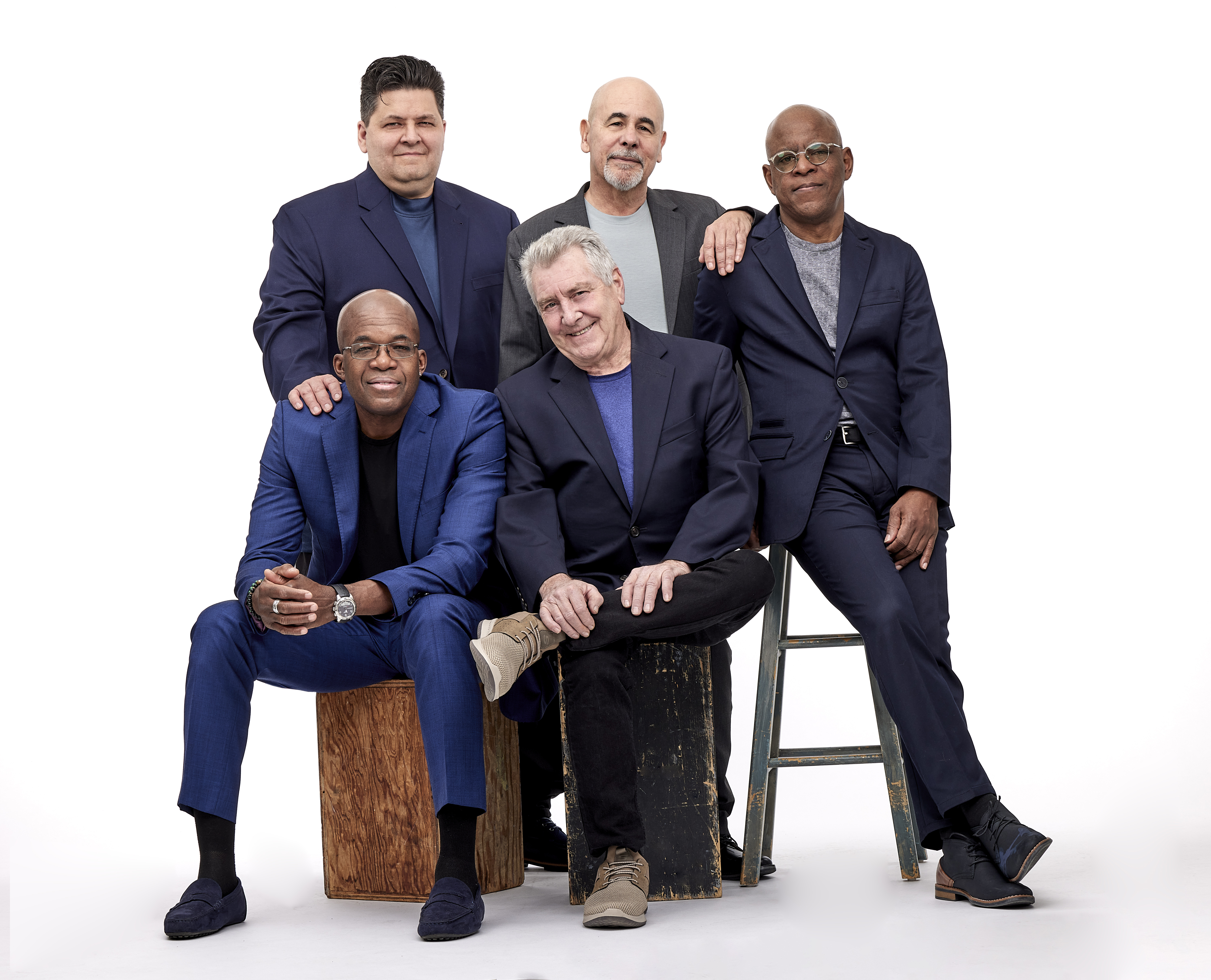
Download Hi-Res version here
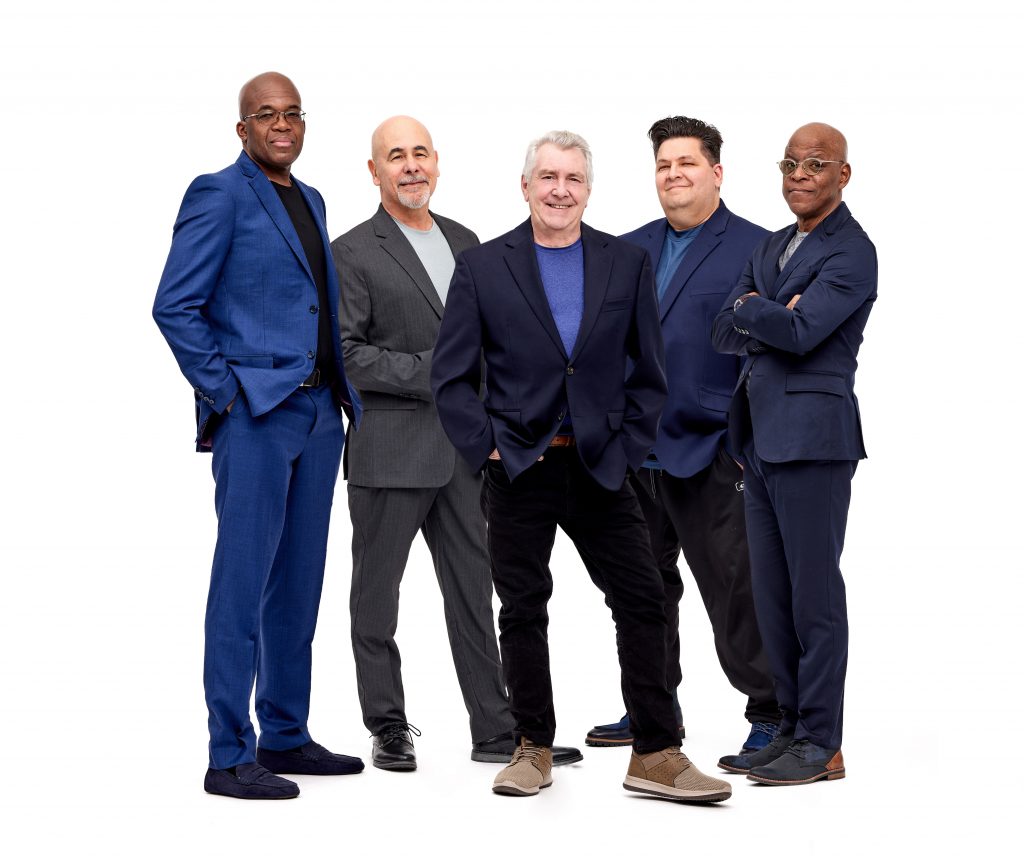
Download Hi-Res Version here
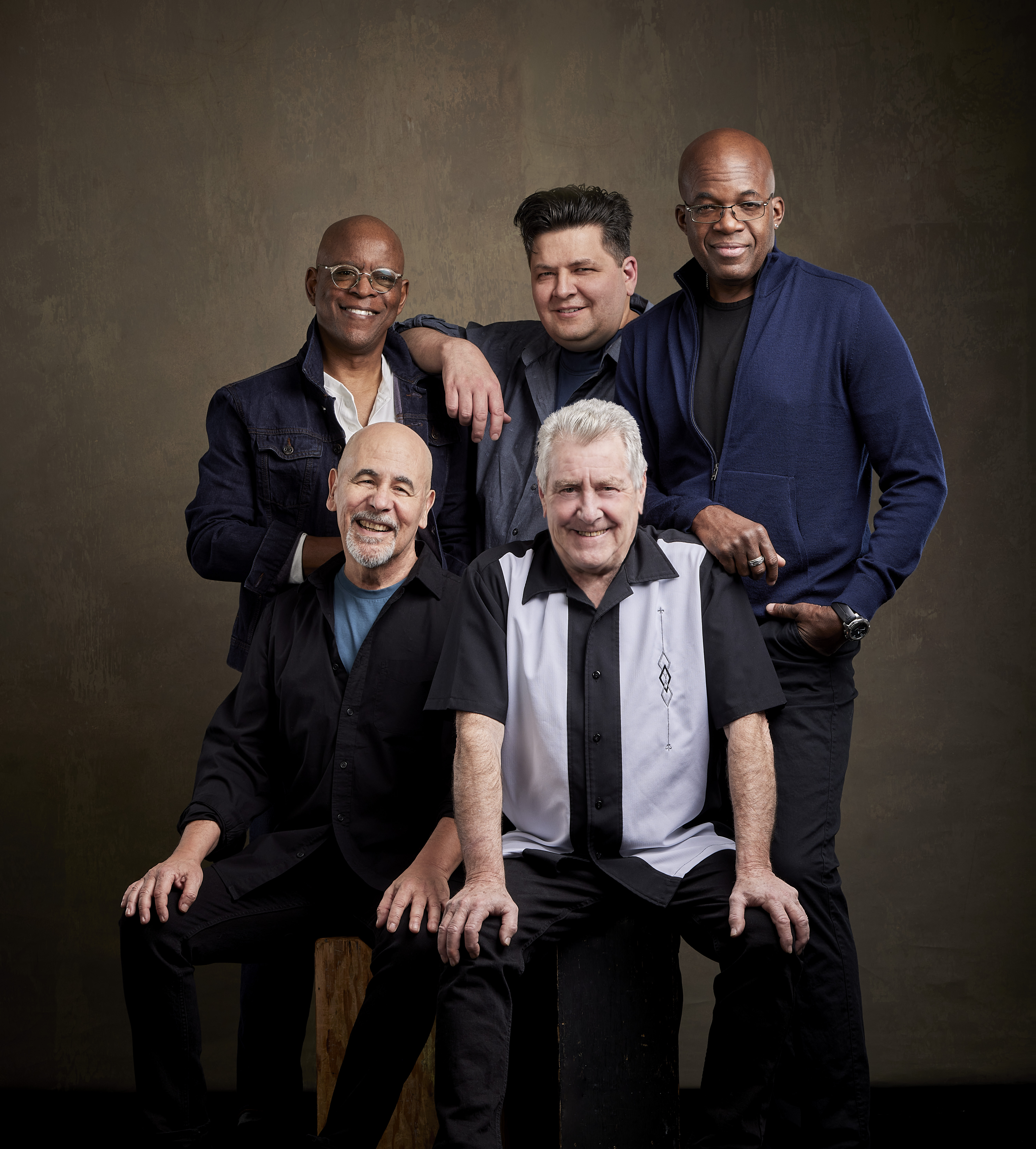
Download Hi-Res Version here

Download Hi-Res Version here
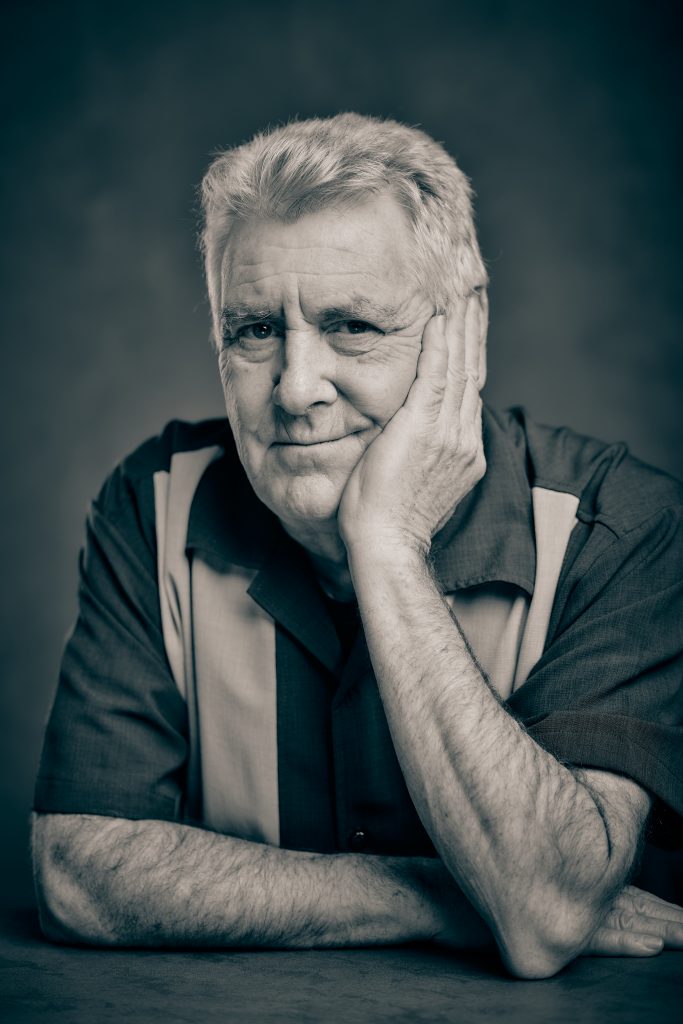

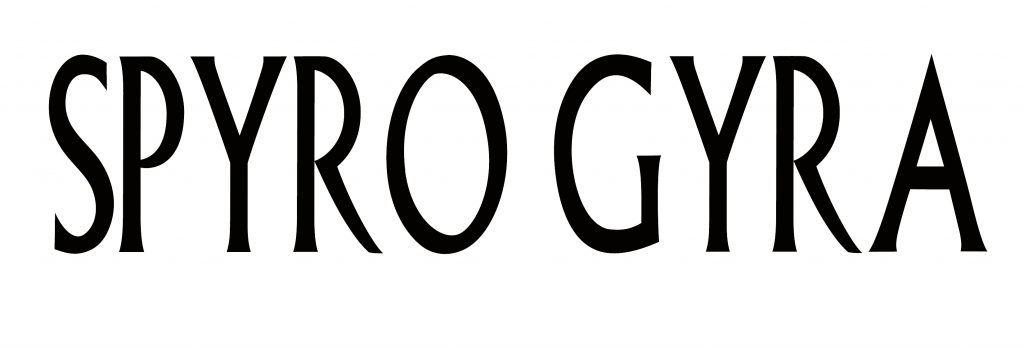

Profile
In 2024, Jay Beckenstein and band observe the 50th anniversary of what started as a diversion, something that was just for fun (and twenty-five cents at the door). It’s a time that Beckenstein remembers fondly. He describes the beginning as “that period of time when I was in my 20s, when it was all raw and there were no expectations. It was all about having a good time and playing hard. It was a golden time.”
It’s a story that is familiar to fans of Spyro Gyra the world around. It began inauspiciously in 1974 when Jay Beckenstein and a few musician friends in Buffalo NY organized a get together on their shared night off from working in bands that actually made money. It was a simple, humble idea with a name that was likewise simple and humble, “Tuesday Night – Jazz Jam”. Every week a core group, Beckenstein and co-founder Jeremy Wall along with Jim Kurzdorfer and Tom Walsh, the rhythm section from the Buffalo Jazz Ensemble who Beckenstein and Wall had been playing with, would gather to jam. They were joined by various players from around town, including long time Spyro Gyra keyboardist Tom Schuman, who just wanted to have some fun playing jazz and its relatively new cousin, jazz fusion.
The idea grew and so did its audience until one week when the club owner insisted that Beckenstein comes up with a name for the group to display on his new sidewalk sign. Beckenstein flippantly suggested “spirogyra” which is an algae he remembered from his biology classes. The next week, there it was adorning the sign out front mistakenly spelled Spyro Gyra. And so it began and continued to grow.
After a couple of years, Beckenstein started to plan his next move which, at the time for a musician, meant moving to New York City or Los Angeles. The band was successful enough in Western New York that they were able to get studio time in a local sixteen track studio to record an album. Beckenstein has long said that it was intended as a farewell statement to that era of his life and to Buffalo. Then fate stepped in and people started buying that eponymous release.
Soon people with more means were interested in being involved and the band was able to expand its horizons. Lucky? Maybe. “I’ve always felt incredibly fortunate. Not only do I get to do what I love for a living, but I’ve never really had a boss. I’ve been the commander of my own ship and and how fortunate is that? How many people get to go through life in control of something that they love. It’s been fantastic.”
Soon he was in New York City recording his songs with some of the hottest session musicians while keeping the core performing band busy with shows in an ever increasing geographical area. Beckenstein refers to that early period as “the days of making Catching The Sun and Morning Dance in New York City where I got to meet so many great musicians and worked in an environment where I had all the resources we could want to do exactly what we want. We had a blast. We were somewhat excessive at the time but we had a blast.”
Spyro Gyra’s sound has remained instantly identifiable despite several personnel changes over the years. Beckenstein denies that it was the result of any strategy, “Having released 30+ albums, we often made an effort to create something that didn’t sound like the ‘Spyro Gyra sound’. But my saxophone playing is the vocal lead of the band and I have the voice I have. I’m not a saxophone chameleon. I’m just me. The good side of that is that there is only one me, so it’s effortless. So that has kept a very consistent identity to the band. However, I would say that the band approach changed greatly at different times. Drummers and bass players, the rhythm section, have had an enormous influence on what the band sounded like at any given time. I think that the drummer, whoever he has been, has had a big say in how the band felt and how the band created music. So that’s been a reliable agent of change. When you’re talking about lasting 50 years, thank God for change.”
Beckenstein attempts to sum up the opposing values of continuity and change. “There have been a number of forces that have acted upon us. For one thing, technology. The early days of Spyro Gyra were very much analog. They were very laborious and time has brought us all sorts of new technologies and opened up different kinds of production possibilities, that’s one. The other thing is that any group of musicians who are sincere about what they do keep their ears open. And a whole lot of music has gone down since the beginnings of Spyro Gyra. There’s a lot of things that the people in the band have listened to and that has certainly crept into the music. And I think that kept it current. Then there’s the third thing which is over the years personnel in the band have changed. There’s still been a lot of consistency. Some guys in the band have 30 or 40 years or more.”
And now? “Spyro Gyra of today is more of a team than it’s ever been. I’ve been doing this for a long time and I’m happy not feeling like I have to carry the whole load,” Beckenstein offers. “I’ve managed to surround myself with these really talented guys, terrific musicians, who all have a lot to say. At one time, maybe it was more of an autocracy. But now it’s more like a basketball team. There’s a lot of passing the ball back-and-forth. There is a cumulative effect of being a true ensemble with inter-ensemble respect.
When asked about the prospect of retiring, Beckenstein demurs. “Hey, I think about it. But I got a taste of it during the height of the Covid pandemic and I didn’t like it. I didn’t like it at all. It gave me a slight feeling of being purposeless.” He explains further, “On the road, there are many times when getting from Point A to Point B is painful and I might wind up muttering under my breath. ‘Why am I doing this?’ But there’s no question, when I’m not doing it, it can feel like there’s no reason for me to be around. So I’m in for as long as I can do it.”
###